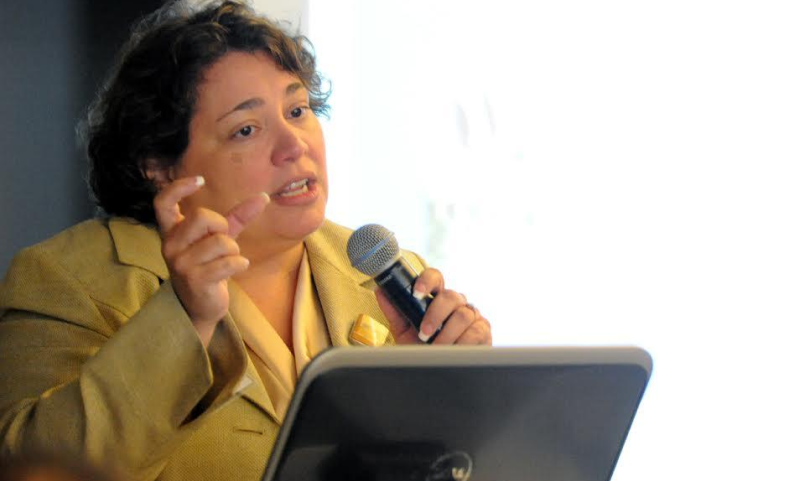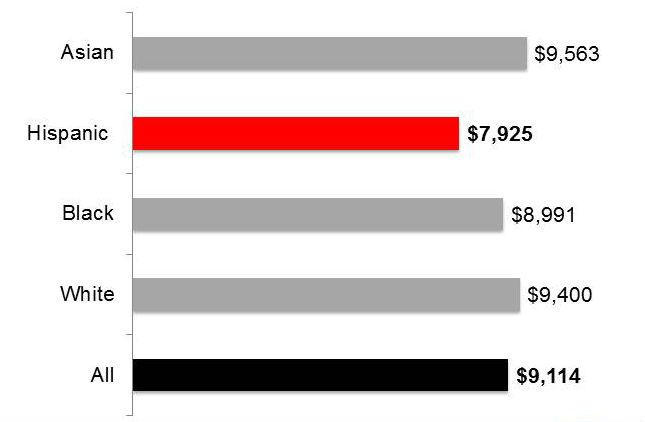
Adding It Up: Financial Aid and Latino Students
Deborah Santiago of Excelencia in Education discussed the process of college finance as it particularly relates to Latinos at the Education Writers Association’s Spanish-Language Media Convening in Dallas Sept. 4.
“How will I pay for college?”
Sound familiar? I’m still asking myself this question three years after I graduated.
Though not unique to college-bound Latino students, this question is one many of them face – perhaps even more dauntingly than their peers.
Deborah Santiago of Excelencia in Education discussed the process of college finance as it particularly relates to Latinos at the Education Writers Association’s Spanish-Language Media Convening in Dallas Sept. 4.
At less than $10,000, the expected family contributions Latinos can make toward the costs of college are second to last when compared with whites, blacks, Asians and all races, Santiago said. Latinos also rank the lowest for average total of financial aid received.
Good tips for qualifying for scholarships abound on the Internet. The following are a few from NerdWallet:
- Get involved in extracurricular activities. Scholarship committees and schools like students who are involved in their community.
- Research scholarships and their eligibility requirements. A NerdScholar study found that home state and potential field of study carry more weight than gender and ethnicity, and can help chances of securing funding.
- Get a mentor. Teachers, coaches and counselors are a good place to start and may be willing to write letters of recommendation.
- Apply away. The more scholarships applied for, the better the chances.
Latinos received the lowest average total aid award amount of any group, according to a study by Excelencia in Education. Source: Excelencia in Education
The Latino college student profile, according to Santiago, looks like this: low-income, first in the family to go to college, works more than 30 hours a week, and enrolls part-time at a community college or Hispanic-serving institution.
So how are they paying for their education?
Santiago outlined the different types of financial aid in her presentation, identifying grants as “good,” loans – “not so much” – and giving an emphatic “yes” to work-study programs.
According to research by Excelencia and the Institute for Higher Education Policy published in 2005, grants have been critical for Latinos paying for college.
Latinos also tend to have better luck getting financial aid from the states, Santiago’s presentation revealed, with participation rates equal to non-Hispanic students and a higher average total of aid received. Private four-year colleges seem to dish out the most money to Latinos, with 86 percent of students receiving aid at an average of $10,500. Public two-year institutions offered the least amount of financial aid to Latino students at $2,870.
Latino families can also take advantage of scholarships set aside specifically for them. The Hispanic Scholarship Fund, the largest nonprofit organization supporting Hispanic-American higher education, awards over 150 types of scholarships. More than two-thirds of recipients are first generation college-goers and from low-income households.
